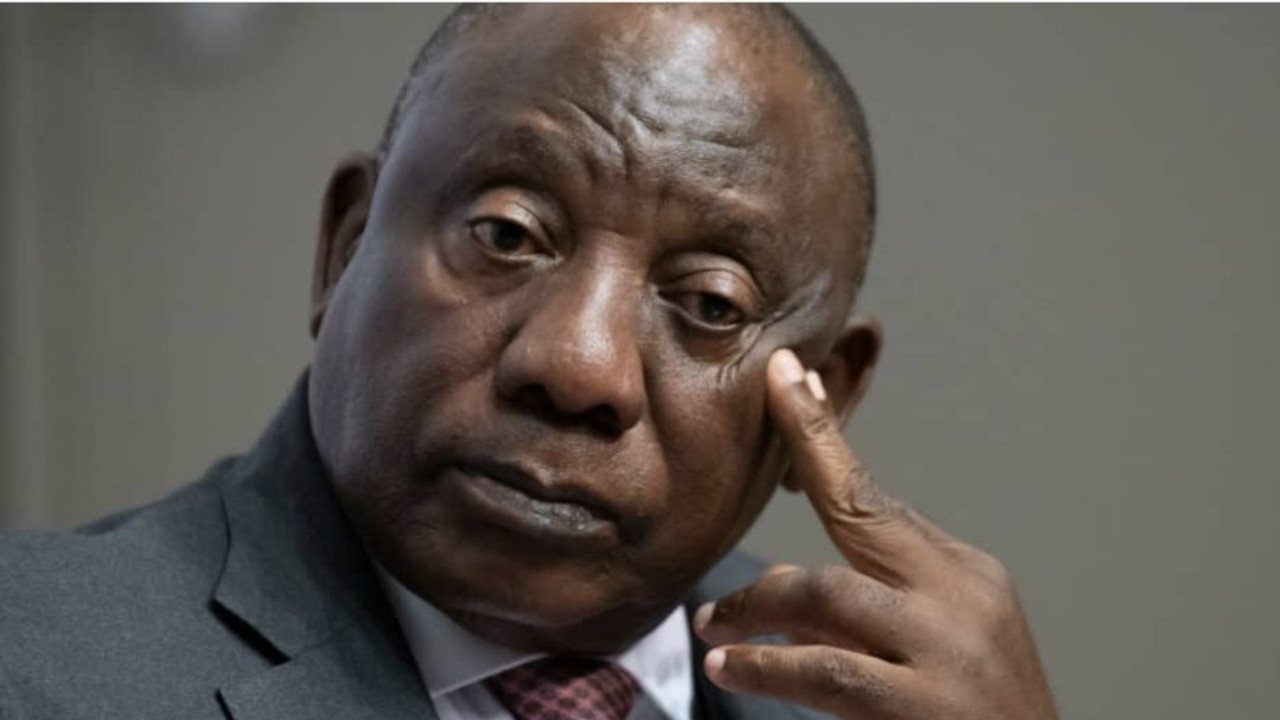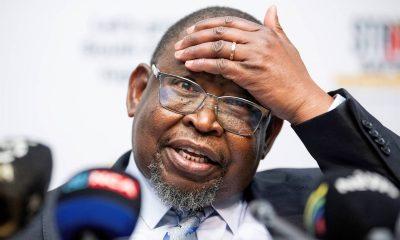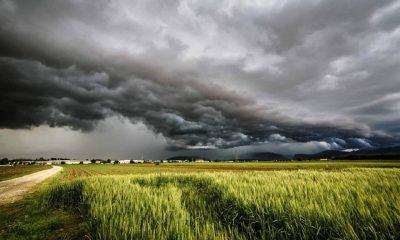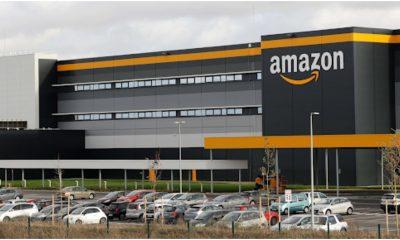Loadshedding
What is the cause of South Africa’s power crisis?

South Africa’s power crisis has reached a critical point, putting President Cyril Ramaphosa under increasing pressure to find solutions as Eskom, the state-owned utility, struggles with the worst outages in its history. As per Energy News, with load shedding lasting over 200 days last year and ongoing outages in 2023, the country expected Ramaphosa to address the crisis during his annual State of the Nation address.
The power crisis results from various factors that have made it challenging to alleviate the problem. One of the key issues is the outdated infrastructure of Eskom’s coal-fired power stations, most of which originated during the apartheid era. These ageing plants frequently experience breakdowns, leading to a significant portion of the generation capacity of 46,000 megawatts being offline due to faults and repairs.
To make matters worse, South Africa failed to invest adequately in new power stations to meet the growing demand after the end of apartheid. As a result, the construction of two major coal plants, Kusile and Medupi, which were approved in the late 2000s, has been plagued by delays, cost overruns, and technical malfunctions.
Corruption and criminality have also plagued Eskom. A corruption inquiry conducted in 2018 revealed a series of management failures and a “culture of corrupt practices” during Jacob Zuma’s presidency. The current management, appointed under Ramaphosa, contends that Eskom continues to face organised criminal behaviour, including deliberate sabotage of power station equipment and theft of coal, diesel, and copper cables. The government even deployed the army to Eskom power stations to combat criminal syndicates.
Also read: Eskom has load shedding forcing a town into darkness
While renewable energy has the potential to alleviate the crisis, scepticism remains. A program to incorporate private, utility-scale renewable energy projects into the grid was stagnant during Zuma’s tenure. Despite Ramaphosa’s commitments to streamline processes and boost renewable energy from independent power producers, South Africa still heavily relies on Eskom’s coal fleet. Moreover, some union leaders and influential members of the ruling African National Congress (ANC) are apprehensive about embracing renewable energy, fearing substantial job losses in the coal belt.
The financial woes of Eskom further exacerbate the crisis, with the utility burdened by a debt of approximately 400 billion rand ($22.66 billion) that it cannot serve without government bailouts. In addition, Eskom is owed significant sums by municipalities, and the energy regulator’s failure to grant appropriate tariffs hampers the company’s cost recovery efforts. Finance Minister Enoch Godongwana is expected to outline a plan in the upcoming budget announcement, wherein the government would assume a portion of Eskom’s debt, aiming to stabilise its finances.
As South Africa grapples with the power crisis, the nation awaits President Ramaphosa’s address, hoping for concrete measures and a roadmap to alleviate the energy challenges that have plagued the country. The stakes are high, and decisive action is needed to ensure a reliable and sustainable power supply for South Africans.
Also read:
Picture: Twitter / MzwaneleManyi






















